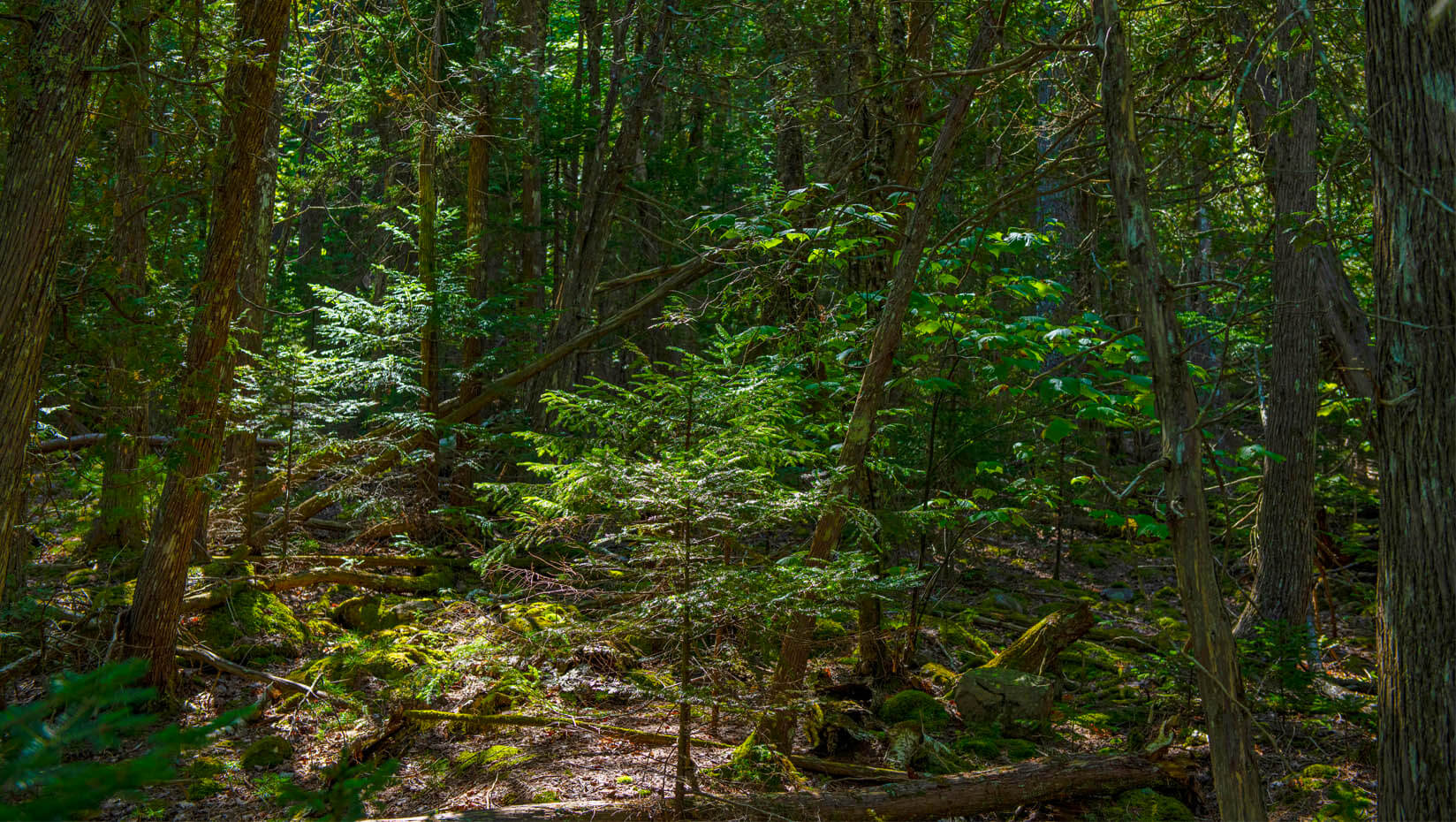
Family forest initiatives should consider place attachment, according to UMaine study
Foresters working with family forest landowners should apply contemporary approaches, including place attachment theory and addressing landowner concerns regarding biophysical and social conditions on their woodlands to advance forest stewardship, according to two researchers in the University of Maine School of Forest Resources.
Jessica Leahy, the Henry W. Saunders Distinguished Professor in Forestry, and former graduate student, Patrick Lyons, found that measuring place attachment and landowner concerns provides perspective on how cognition and emotions influence landowner behavior. Place attachment has previously been used successfully to integrate social science constructs in other natural resources disciplines. The researchers sought to explore the benefits of simultaneously measuring both variables to understand, and to predict, specific landowner behaviors.
The findings of their study, “Place Attachment and Concern in Relation to Family Forest Landowner Behavior,” published in the journal Forests, furthers the dialogue on the usefulness of place attachment theory in forestry, suggesting that forest management and outreach, forest policy development and additional family forest research should focus less on traditional ownership objectives and incorporate the intangibles of the owner experience, such as place attachment and landowner concerns, to support sustainability.
A segmentation analysis of 878 respondents to a survey seeking information about forest landowner concerns, and intentions for, and attachment to their land revealed four distinct landowner groups among the respondents, including those who use their land to earn supplemental income; those who work the land and enjoy hunting, fishing and other recreational opportunities there; those who view their land as a woodland retreat and seek to protect that privacy; and those classified as uninvolved. The landowner concerns include vandalism, dumping and misuse of land; trespassing; poaching; the presence of endangered species; controlling damage from insects, fire and storms; air and water pollution; lawsuits; and property taxes, among others.
Owners who earn supplemental income from their land comprised the largest group of respondents, and recorded the highest level of place attachment and landowner concern. The second largest group, working the land, placed significant emphasis on passing their land to heirs and also reported high levels of place attachment and landowner concern. The woodland retreat segment, which was the third-largest group, had the second lowest mean place attachment score and the lowest level of landowner concern among the four. The remaining segment, uninvolved, reported the lowest place attachment score and a high landowner concern rating.
Analysis revealed that landowners with high place attachment are more likely to have or to create a will and less likely to sell their property. Those with the highest concern scores are also more likely to leave their land to heirs as a legacy. Significant differences in the ratings of place attachment and landowner concerns between some of the segments suggest that models that measure these variables simultaneously could be used to identify landowner types. Because the likelihood of owners engaging in certain legacy planning and conservation-oriented behaviors increased as place attachment and landowner concerns increased, predicting behaviors is possible when these variables are considered with landowner demographics such as gender, age, number of acres owned and distance from home to the forest site.
Contact: Joan Perkins, joan.perkins@maine.edu
